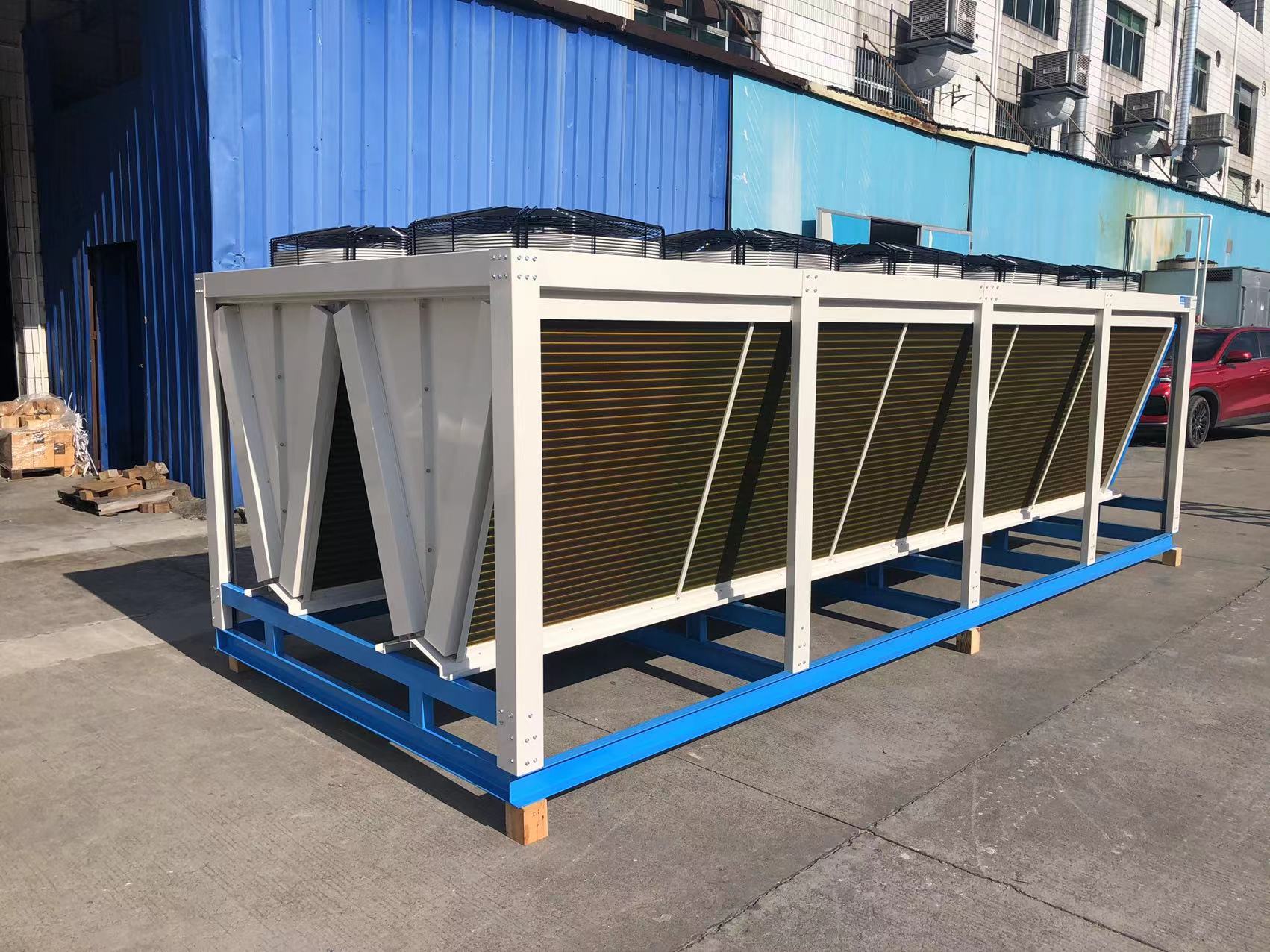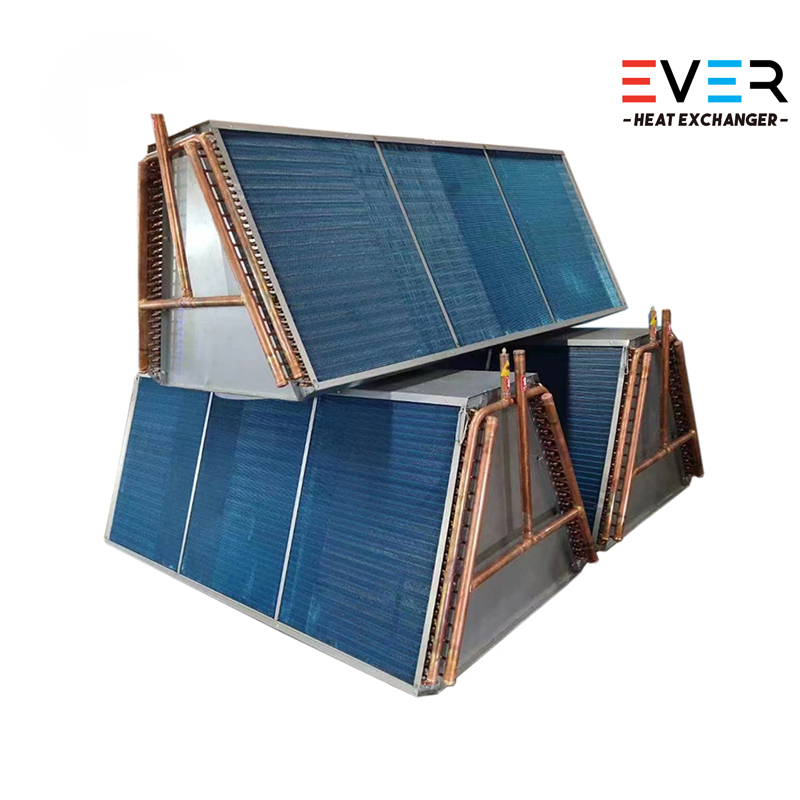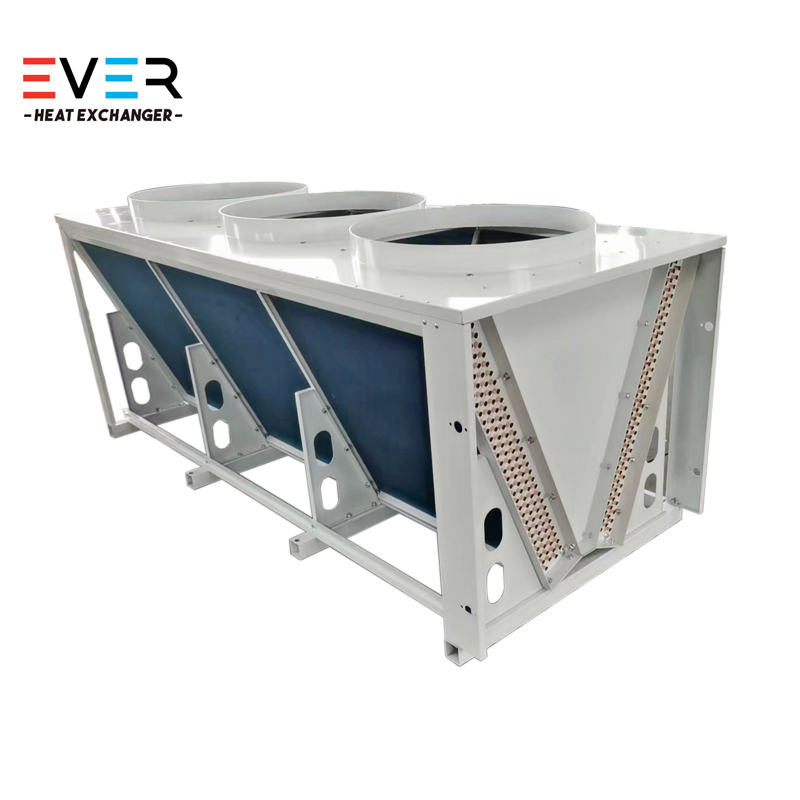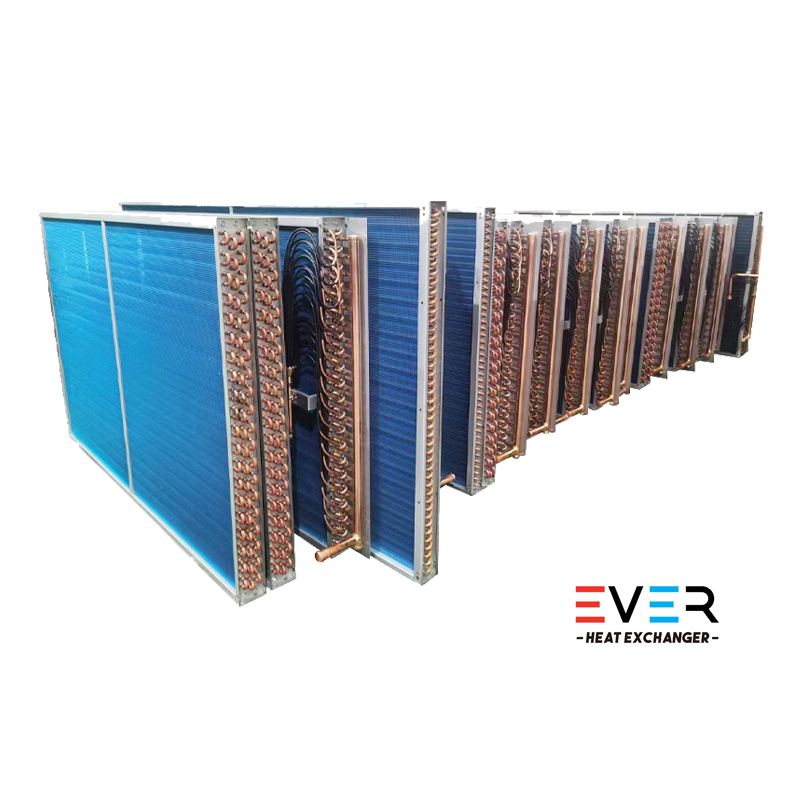Purpose and Process
Primary Purpose:
In high-temperature industrial environments (such as metallurgy, glass, and ceramics production workshops), aside from the main process needs, localized auxiliary air conditioning is required to reduce the high ambient temperature affecting equipment and personnel.
Heat Exchange Process:
Finned heat exchangers in the auxiliary air conditioning system disperse and lower the high external heat load through efficient heat exchange, ensuring safe and comfortable indoor conditions.
Multi-dimensional Explanation
High-Temperature Resistance Design:
Uses high-temperature-resistant alloy materials and special coatings to ensure high strength and stable heat transfer performance even under extreme temperatures.
Safety Protection:
Incorporates explosion-proof and fire-proof designs to ensure the safety of equipment and personnel in high-temperature workshops.
Energy Efficiency Optimization:
A multi-stage heat transfer design enables rapid conduction of high-temperature energy to the auxiliary air conditioning system, reducing energy waste.
System Integration:
Integrated with the workshop’s automation control system to enable real-time temperature monitoring and safety alarms.
Flexible Modules:
Suitable for either localized cooling or zoned cooling across the workshop, with flexible module configuration based on actual needs.





